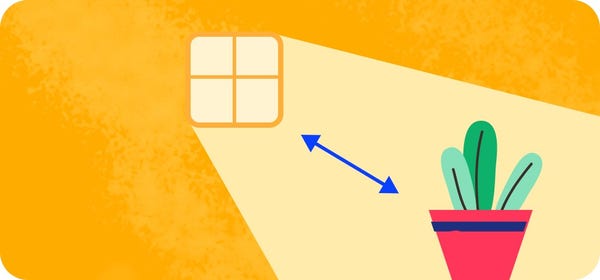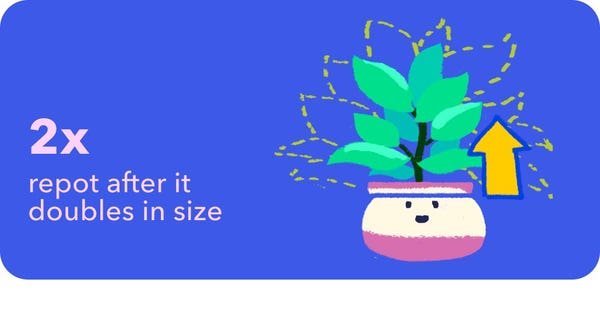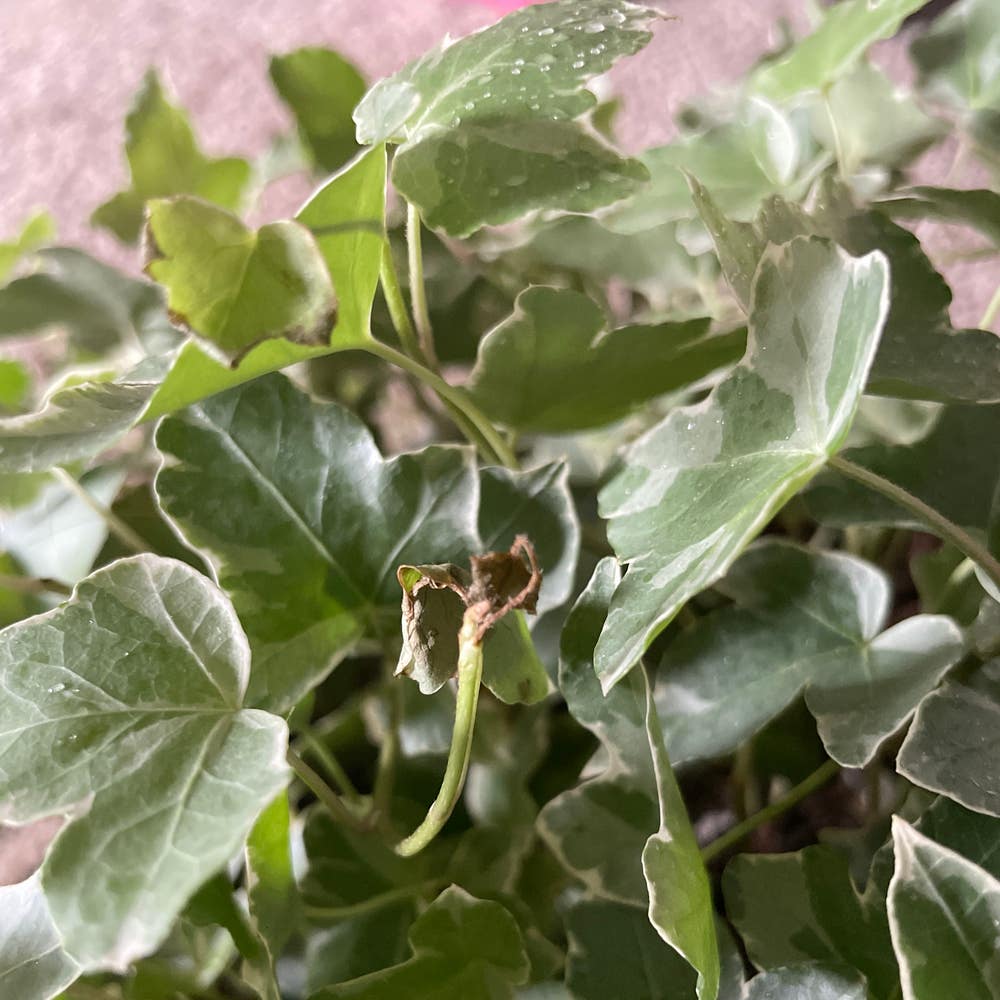





































Fatshedera Lizei
About Fatshedera Lizei
The intergeneric hybrid created by crossing Fatsia japonica 'Moserii' with Hedera helix in the Araliaceae family is tolerant of adverse conditions including air pollution and coastal sea spray. It works well planted under taller shrubs, in containers, or in borders and makes a good houseplant.
Taxonomy

Fatshedera lizei
Fatshedera
Araliaceae
Apiales
Also known as
Tree ivy, Tree ivy, Aralia ivy and pia tree ivy

How to care for Fatshedera Lizei
How often to water your Fatshedera Lizei

every 9
Fatshedera Lizei needs 0.5 cups of water every 9 when it doesn’t get direct sunlight and is potted in a 5" pot.
Use our water calculator to personalize watering recommendations to your environment or download Greg for more advanced recommendations for all of your plants.

Water 0.5 cups every
9
Finding light for Tree ivy in your home

a window
Fatshedera Lizei may have difficulty thriving, and will drop leaves 🍃, without ample sunlight.
Place it less than 3 feet from a south-facing window to maximize the potential for growth.
Select your region to see how the current weather in your area affects the placement of Fatshedera Lizei in your home 🏡.
How to fertilize Fatshedera Lizei

Most potting soils come with ample nutrients which plants use to produce new growth.
By the time your plant has depleted the nutrients in its soil it’s likely grown enough to need a larger pot anyway.
To replenish this plant's nutrients, repot your Fatshedera Lizei after it doubles in size or once a year—whichever comes first.
-
Browining/Leaves drying up? My Ivy plant has just been pruned, and i've been really watching its care these past few days, misting it, putting it on a tray with rocks, however, i've just gotten a closer look at it, and im noticing some new growth, as well as some small, dry, brown leaves. Could these be vines i missed while pruning? Also i only see this on maybe 4 or 5 of the leaves but its starting to brown around the edges, does it just need watered? Help!!
-
Brown Leaves (Still!) My ivy plant has been extremely wet for quite some time now, and has not dried out. The leaves continue to turn brown and i'm quite nervous for the health of my plant. I saw somewhere on Greg that if i take dilute Hydrogen Peroxide (Mixed with water,) it will sanitize and dry the plant. Is this true? If so, how much should I use? Here is my plants information for reference.
-
My ivy plant has been extremely wet for quite some time now, and has not dried out. The leaves continue to turn brown and i'm quite nervous for the health of my plant. I saw somewhere on Greg that if i take dilute Hydrogen Peroxide (Mixed with water,) it will sanitize and dry the plant. Is this true? If so, how much should I use? Here is my plants information for reference.
Care Summary for Fatshedera Lizei

Fatshedera Lizei
 Greg recommends:
Greg recommends:
 Water
Water
0.5 cups every 9 days
 Placement
Placement
< 3ft from a window
 Nutrients
Nutrients
Repot after 2x growth
Based on the 4” pot your plant is in, and that it doesn’t get direct sunlight.

 Trending in your area
Trending in your area
 Similar to Fatshedera Lizei
Similar to Fatshedera Lizei
✨ Discover rare plants

Peperomia 'Harmony's …

Cigar Plant

Ceropegia simoneae

Marquise de Sevigne

Chinese Evergreen 'Ga…

Kudu Lily

Black Monkey Thorn Tr…

Anthurium 'Fantasy Lo…

Rainbow Echeveria

Christmas Candle

Pine Cone Plant

Graptoveria 'Douglas …

Skeleton Key Pothos

Hoya pottsii 'Khao Ya…

Variegated Arrowhead …

Hoya bordenii






























